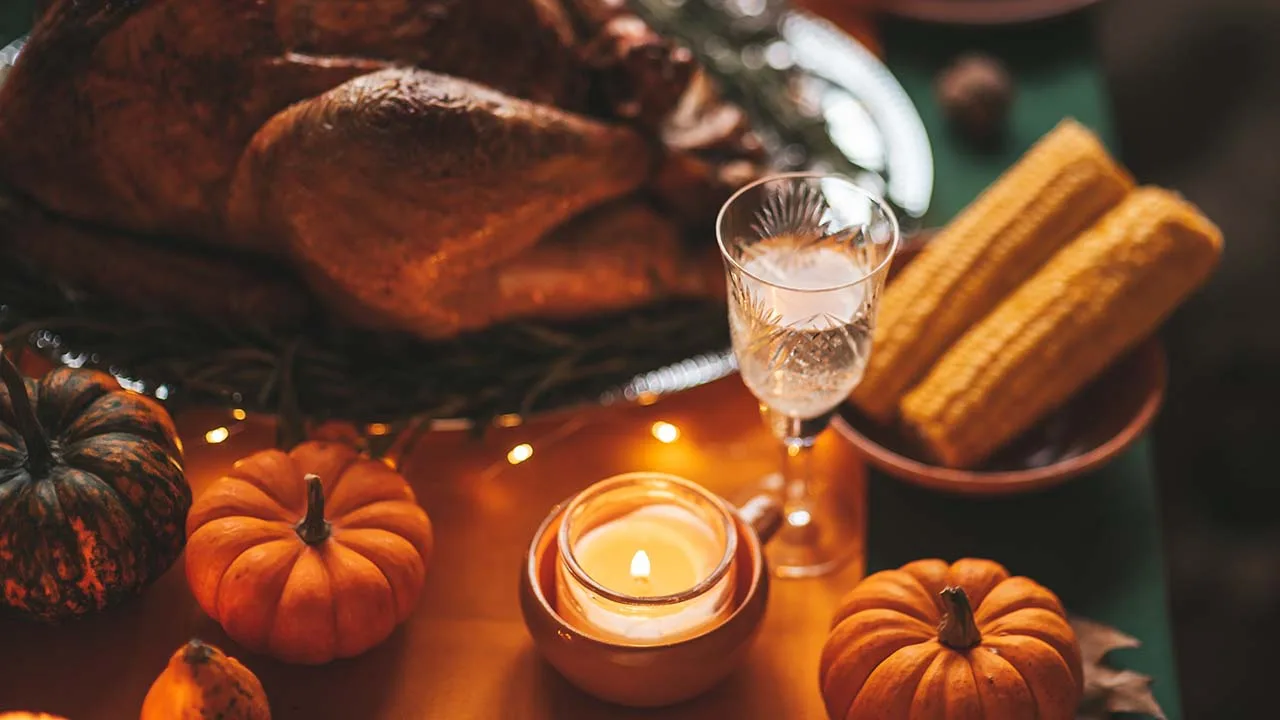
Discover Thanksgiving in North America
The upcoming weekend is Thanksgiving long weekend. Canadian Thanksgiving originated in the early 16th century with European exploration activities. In 1578, English explorer Martin Frobisher held a Thanksgiving celebration in what is now Newfoundland to give thanks for safely arriving in the New World. This celebration is considered the earliest form of Canadian Thanksgiving and laid the foundation for the holiday.
As time passed, Thanksgiving in Canada gradually evolved into an important harvest celebration. In the 19th century, American Loyalist immigrants brought their harvest festival traditions to Canada, further promoting the popularity of Thanksgiving. In 1921, the Canadian government designated November 11th as a national holiday, known as Remembrance Day, to commemorate soldiers who died in wars. However, this date overlapped with the original November Thanksgiving celebration. To avoid this overlap, in 1931, the Canadian government decided to move Thanksgiving to the second Monday of October, officially establishing it as a national holiday.
Thanksgiving has a deep historical connection with Remembrance Day. Initially, Thanksgiving and Remembrance Day were on the same day, leading to conflicts between commemorating war heroes and celebrating the harvest. To respect the unique significance of both holidays, the Canadian government moved Thanksgiving to October, allowing more time for both commemoration and gratitude.
Today, Canada’s multiculturalism has a profound impact on Thanksgiving. As immigrants from around the world integrate into Canadian society, they bring diverse cultures and traditions, making Thanksgiving celebrations more varied. Many families not only have traditional turkey and pumpkin pie on their Thanksgiving tables but also include Chinese, Indian, and other international cuisines, reflecting the inclusiveness and openness of Canada’s multicultural society.
In conclusion, Canadian Thanksgiving is not only a holiday to celebrate the harvest and express gratitude but also a symbol of cultural integration and coexistence. Regardless of their background, people express their thanks and share joy on this day, embodying the diversity and inclusiveness of Canadian society.
Although Canadian Thanksgiving and American Thanksgiving share many similarities in spirit and celebration methods, they have significant differences in terms of dates, historical background, statutory holidays, and shopping activities. Here, we summarize four points of commonality and four points of difference:
Similarity 1. Spirit of Gratitude:
Both Canadian and American Thanksgivings are centred around the theme of gratitude, expressing thanks for the harvest and the good things in life. People gather on this day to share a feast and give thanks for the blessings of the past year.
Similarity 2. Family Gatherings:
Thanksgiving is a time for family reunions in both Canada and the US. People typically return to their hometowns to spend this important holiday with family and friends.
Similarity 3. Traditional Foods:
Traditional foods like turkey, pumpkin pie, mashed potatoes, and cranberry sauce are essential dishes on the Thanksgiving tables in both Canada and the US. These foods symbolize harvest and togetherness.
Similarity 4. Holiday Celebrations:
During Thanksgiving in Canada and the US, people often hold various celebrations such as parades, watching football games, and participating in community events to enhance the festive atmosphere.
Difference 1. Dates:
Canadian Thanksgiving is usually a month earlier than American Thanksgiving:
- Canadian Thanksgiving is on the second Monday of October each year.
- American Thanksgiving is on the fourth Thursday of November each year.
Difference 2. Historical Background:
- Canadian Thanksgiving originated in 1578, with Martin Frobisher’s celebration in Newfoundland to give thanks for safe navigation.
- American Thanksgiving dates back to 1621, when the Pilgrims and Native Americans celebrated the harvest together in Plymouth.
Difference 3. Statutory Holidays:
- In Canada, Thanksgiving is a statutory holiday, but not all provinces observe it as a mandatory day off (e.g., Quebec does not recognize it as a statutory holiday).
- In the United States, Thanksgiving is a national statutory holiday, and all states observe it with a day off.
Difference 4. Shopping Activities:
- Canadian Thanksgiving does not have a direct equivalent to the shopping frenzy, although the influence of Black Friday has been growing in Canada in recent years, it is not directly related to Thanksgiving.
- In the United States, the day after Thanksgiving is known as Black Friday, a nationwide shopping extravaganza with major sales and promotions offered by retailers and online platforms.







